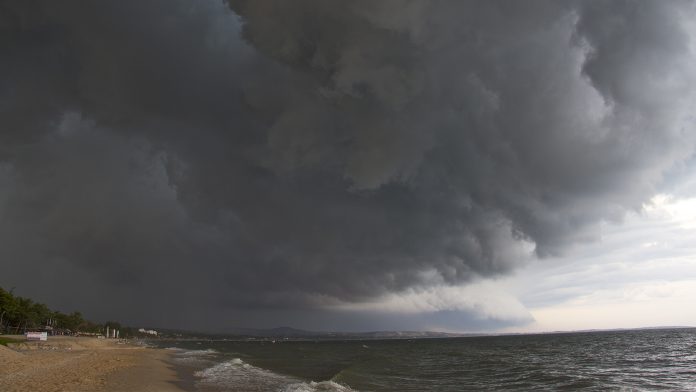ISLAMABAD, JUL 12 /DNA/ – As monsoon rains sweep across Pakistan alongside frequent windstorms and soaring temperatures, concerns are mounting over the structural resilience of rooftop solar panels. Recent incidents of weather-related damage have prompted industry experts and homeowners alike to re-evaluate the durability of commonly installed photovoltaic systems.
The rapid expansion of solar energy in Pakistan—driven by high electricity tariffs, load-shedding, and environmental concerns—has brought nearly every major urban and industrial center into the fold of solar adoption. But the question of whether these systems can withstand the country’s increasingly unpredictable climate is gaining urgency.
This conversation aligns with a growing global focus on the importance of climate-resilient solar technology. At the recent SNEC trade show—the world’s largest PV and smart energy expo—Chinese solar manufacturer Trinasolar was recognized for producing one of the industry’s most durable and high-performance solar modules. Its Vertex N series received two major international reliability awards: a Top Performer ranking from Kiwa PVEL for the 11th consecutive year and recognition as an Overall Highest Achiever by the Renewable Energy Test Center (RETC).
These awards are based on rigorous third-party testing that simulates extreme conditions, including hail impacts, high thermal cycles, and long-term degradation. The Vertex N series, for example, features enhanced structural design with thicker glass and greater resistance to impact—qualities that are particularly relevant to Pakistan’s weather patterns, where panels often face high heat, strong winds, and dust storms.
Industry analysts say that such innovations could play a vital role in the country’s energy transition. “Performance under real-world stress is what matters most to commercial and industrial buyers,” said a Lahore-based renewable energy consultant. “Durable panels reduce long-term risk and protect investment.”
The Trinasolar modules are already in operation at several major Pakistani sites, including textile mills in Faisalabad and hospitals in Lahore. The company’s recent collaborations with local distributors have also made its panels more accessible across the country.
Pakistan has set an ambitious goal of generating over 10 gigawatts of solar power by 2030. However, the success of that target will depend not only on installation speed but also on ensuring system longevity amid extreme weather conditions.
As the energy transition accelerates, experts warn that selecting robust, climate-tested technologies will be essential to building public trust, protecting financial investments, and ensuring the long-term success of solar energy in Pakistan.

















